Introduction
Infrared heaters are gaining popularity for their energy efficiency and comfort. Beyond warmth, many users wonder how these heaters affect health and well-being. This article explores the various types of infrared heaters available and identifies which is best for promoting a healthy living environment.
Understanding Infrared Heating
What Are Infrared Heaters?
Infrared heaters emit infrared radiation, a type of energy that heats objects and people directly rather than warming the air. This method mimics the sun’s warmth, providing a natural and comfortable heat.
How Infrared Heaters Work
When activated, infrared heaters emit infrared waves that penetrate the skin and warm the body. Unlike traditional heating methods that heat the air, infrared heating allows for a more consistent and even warmth, creating a cozy atmosphere

Health Benefits of Infrared Heaters
Improved Circulation
Infrared heat can stimulate blood circulation by warming the body, promoting better oxygen and nutrient flow. Improved circulation can lead to enhanced overall health and well-being.
Pain Relief
Many people use infrared heaters for pain relief, particularly for conditions like arthritis and muscle stiffness. The penetrating heat can soothe sore muscles and alleviate discomfort.
Respiratory Benefits
Unlike conventional heaters that can dry out the air, infrared heaters maintain humidity levels. This can benefit those with respiratory issues, such as asthma, as it helps keep the airways moist and comfortable.
Detoxification
Sweating is a natural way for the body to detoxify. Infrared heat can induce sweating at lower temperatures than traditional saunas, helping the body release toxins without causing overheating.
Factors to Consider When Choosing an Infrared Heater
Room Size
The size of the room you wish to heat is crucial when selecting an infrared heater. A larger room may require multiple heaters or a more powerful unit to ensure even heating.
Health Needs
Consider your specific health needs when selecting an infrared heater. For example, individuals with respiratory issues may benefit from carbon infrared heaters due to their ability to maintain humidity levels.
Energy Efficiency
Look for energy-efficient models that can save on electricity bills while providing the warmth you need. Infrared heaters are generally more energy-efficient than traditional heaters, but some models are better than others.
Installation Options
Some infrared heaters are portable, while others are designed for permanent installation. Consider your space and whether you want the flexibility of moving the heater or prefer a more permanent solution.
How to Optimize Health Benefits from Infrared Heaters
Use a Thermostat
For optimal health benefits, consider using a thermostat to regulate temperature. This ensures a consistent and comfortable environment, avoiding overheating.
Ensure Proper Insulation
Proper insulation is essential for maximizing the effectiveness of infrared heaters. A well-insulated room retains heat better, reducing energy costs and enhancing comfort.
Combine with Good Ventilation
Good ventilation can enhance the health benefits of infrared heaters. Ensure your space has adequate airflow to maintain a fresh and comfortable environment.
Sundirect Heating Calculator
How to Use the Heating Calculator
To determine the optimal infrared heating solution for your room, use the Sundirect heating calculator. Follow these steps for accurate results:
- Select Property Type: Choose the option that best describes your property.
- Outer Walls: Indicate the number of outer walls surrounding the room.
- Window Type: Select the type of windows installed.
- Room Dimensions: Enter the length, width, and height of the room.
This will provide you with the power requirement for your type of room in watts.
Installation Guidelines
For the best results, follow these installation guidelines:
- Round Up Power Requirements: It’s advisable to use slightly more power than calculated for optimal performance.
- Use a Thermostat: For energy savings, always consider integrating a thermostat.
- Heating Range: Ensure the area to be heated is within approximately 3 meters of the panel.
- Temperature Settings: Set the desired room temperature around 4 degrees less than convection heaters—approximately 18 degrees Celsius.
- Initial Use Without Thermostat: Use the heaters without a thermostat for the first three days to maximize effectiveness.
Frequently Asked Questions (FAQs)
Are infrared heaters safe for health?
Yes, infrared heaters are generally safe and can provide numerous health benefits, including pain relief and improved circulation.
Which type of infrared heater is best for my health?
Far infrared heaters are often recommended for their deep penetration and therapeutic benefits. However, near infrared heaters can also be beneficial for skin treatments and healing.
Can infrared heaters help with respiratory issues?
Yes, infrared heaters can help maintain humidity levels, making them a good option for individuals with respiratory issues like asthma.
How do I determine the right size heater for my room?
Use the Sundirect heating calculator to determine the appropriate wattage based on your room size and insulation type.
Do infrared heaters emit harmful radiation?
No, infrared heaters emit safe, non-ionizing radiation that is similar to the warmth from the sun.
How long can I run an infrared heater continuously?
Infrared heaters can be run for extended periods, but using a thermostat can help manage energy costs and maintain comfort.
Conclusion
Choosing the right infrared heater can positively impact your health and well-being. By understanding the different types available and how to optimize their use, you can enjoy the benefits of infrared heating in a way that suits your individual needs. With options like Sundirect heaters and the helpful heating calculator, finding the perfect solution for your home is easier than ever.


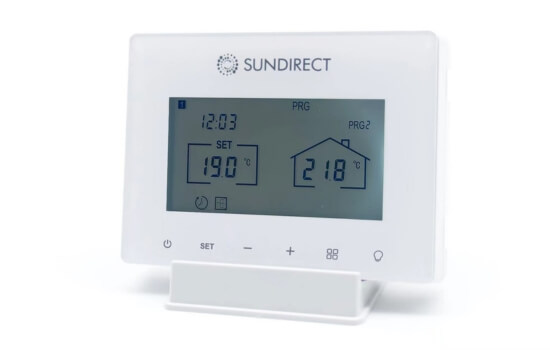

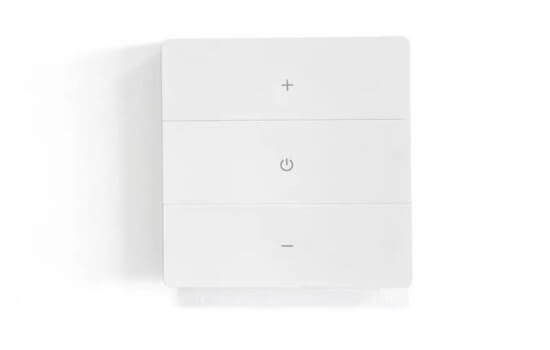
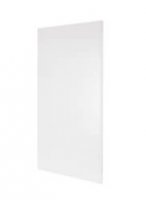
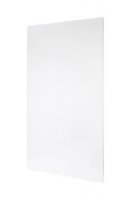




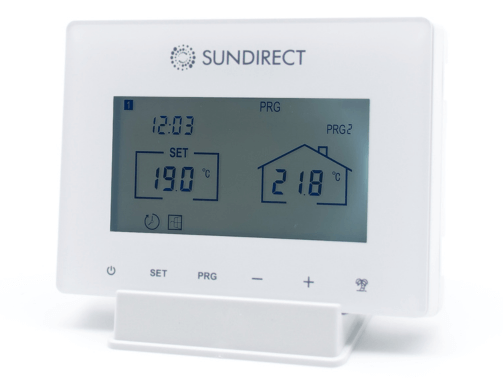

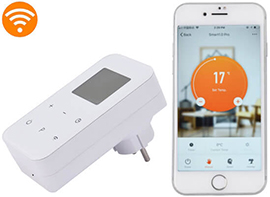

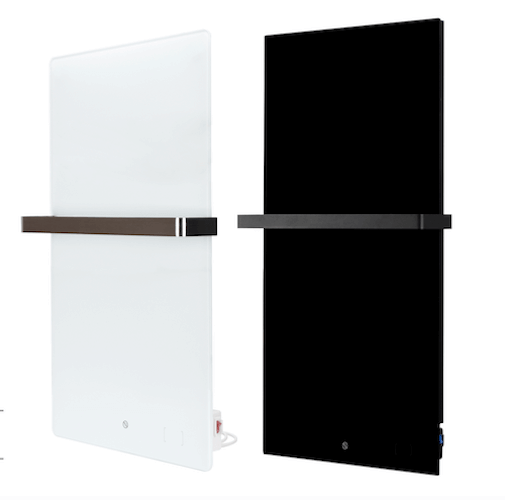
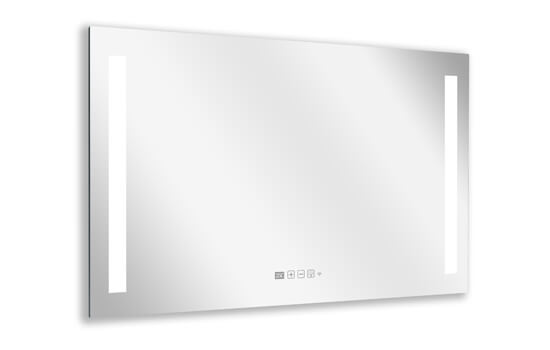




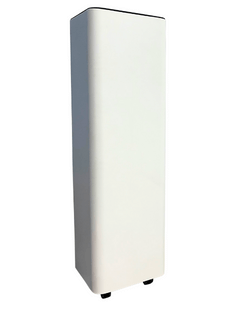
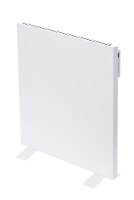




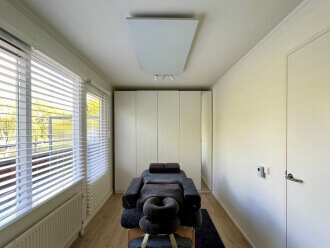










Leave a Reply